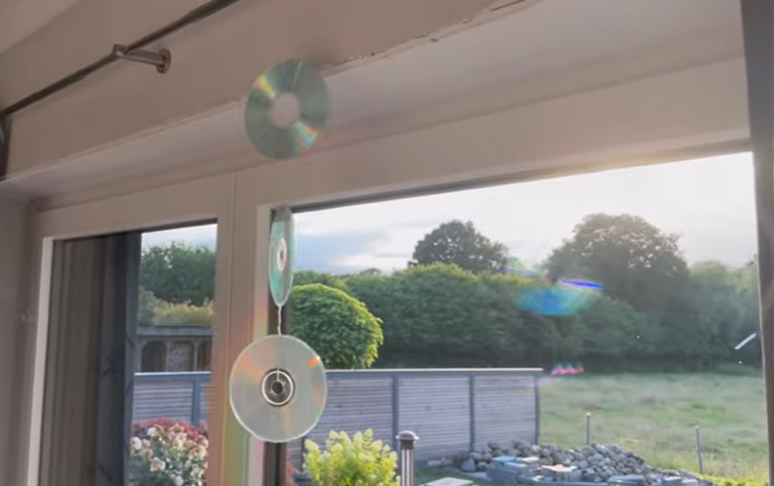Albuca spiralis is an unusual succulent that will appeal to everyone who loves small indoor flowers – its leaves do not exceed 30-35 centimeters in length. Do you think that albuca is not so small? There is one nuance: its leaves are curled at the top, and therefore it reaches a height of only 15 centimeters. Albuka loves light, warmth and abundant but rare watering.
Euphorbia tirucalli is an unusually branched tree-like succulent plant, also called a finger cactus. In nature, euphorbia can reach nine meters in height, so when growing it at home, you need to control the growth of the plant. Finger cactus is unpretentious, but this advantage is offset by a serious drawback: it is extremely toxic: the juice can leave a burn just by coming into contact with the skin.
Takka Chantrier is famous for its black flowers that look like a bat’s face. If you want to see them, choose a warm, humid place for the takka with diffused lighting and water it in summer, as soon as the soil dries out, and once every 20 days the rest of the time.
Lithops or, as they are also called, living stones are our favorite! They are tiny and take up little space, but they can be available in a variety of colors and therefore look incredibly impressive. Caring for lithops is very simple: place them on the sunny side of the apartment and periodically spray them with water.
If you have always dreamed of a homemade Christmas tree, pay attention to the araucaria – this ancient coniferous plant feels great in an apartment. Of course, you will have to tinker, the araucaria likes coolness, systematic watering (but without stagnant water!) And regular spraying.
Guernia, also known as huernia (this plant is worth buying if only to present it to guests) is an unpretentious and very easy-to-care-for succulent. Even a novice gardener can handle it – just place it in a bright place and water it periodically.
This succulent looks unusual because of its warty leaves at the top and smooth at the base. “Warts” can be not only green, but also copper, pink, white or red. If you provide titanopsis with good conditions – rocky soil and bright lighting – then in winter you can admire its luxurious yellow flowers.
Even more interesting materials can be found in our Telegram channel.















![[Coluna] Does Brazilian protectionism inspire Trump? [Coluna] Does Brazilian protectionism inspire Trump?](https://p2.trrsf.com/image/fget/cf/774/0/images.terra.com/2025/10/16/2008907400-74231636354.jpg)

